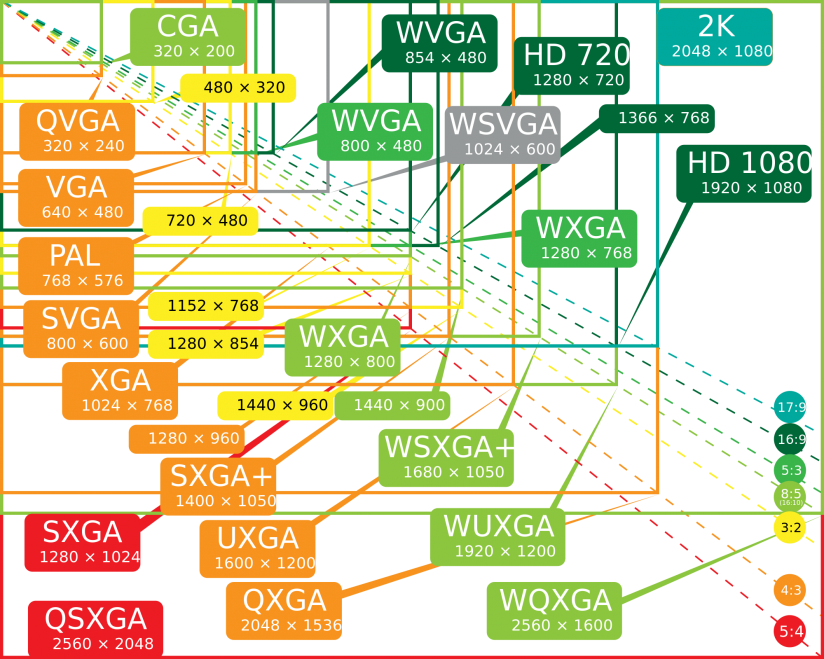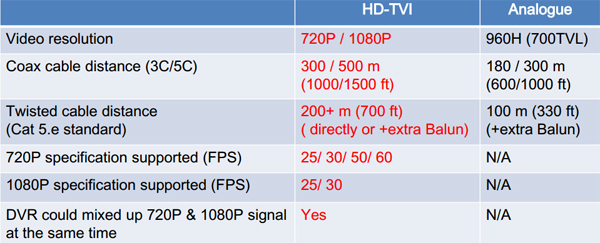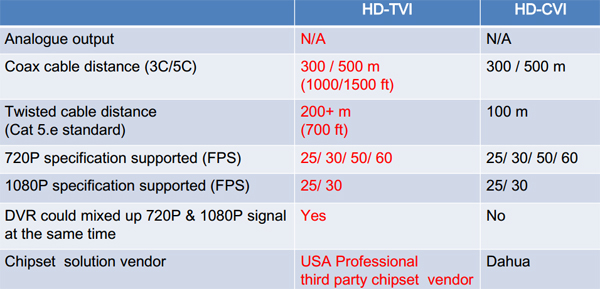CCTV surveillance technologies have been around for awhile. However, in the past few years, this field has experienced unmatched revolutionary leaps that have left technology enthusiasts gasping for breath as they rush to accommodate the ever emerging “new” this and “new” that. Whereas the bottom line may not have experienced remarkable shift, there is need for CCTV Surveillance enthusiast to understand, at least, the terminologies that have been applied on the new technolo[flagallery gid=1]gies that are upcoming. What we have listed here is not exhaustive but is a motivation for one to keep up to date with the changes in the field.
(i) HDCVI– this is the first analogue HD solution to be implemented in DVRs. It is the baby idea ( has now matured) of Dahua Technology, one of the most venerated giants in CCTV Surveillance Manufacturers. The technology has also been in implemented on their cameras. How does it work and how is it different from the ordinary (Standard Definition) devices?
HDCVI stands for High Definition Composite Video Interface. It is an over-coaxial cable analog HD Video transmission standard that allows long distance HD transmission at lower cost, while complex deployment is applicable.
- If one is using RG6/U or higher specification cable, there is a transmission guarantee of up to 700m of high quality at 720p and 400m of high-quality and reliable transmission at 1080p!!
- if using RG59/U you are guaranteed up to 300m of high-quality and reliable transmission at 1080p!!
HDCVI guarantees you 3 signals over 1 coaxial cable, namely: Video, audio and control signal!

(ii) 720p: This refers to resolution of an image which is normally represented by pixels which are calculated by multiplying the Vertical pixels By Horizontal Pixels. The Vertical (height) pixels are the ones mentioned here i.e 720 and are usually matched with the Horizontal pixels which normally are 1280. the “p” in the 720p stand for “progressive scan”. So the description normally goes like this: 1280 x 720p.
(iii) 720i: i stands for interlaced lines. This does NOT, however, exist in the case of 720 resolution and where some people indicate it, it is erroneous and must be ignored.
(iv) 1080p: This is the ultimate High definition every person want to have. It is also known as Full HD. 1080p is a set of HDTV high-definition video modes characterized by 1080 horizontal lines of vertical resolution and progressive scan, as opposed to interlaced, as is the case with the 1080i display standard. The term usually assumes a widescreen aspect ratio of 16:9, implying a resolution of 1920×1080 (2.1 megapixel).
See more details from: https://upload.wikimedia.org/wikipedia/commons/0/0c/Vector_Video_Standards8.svg
(v) HD-TVI : Stands for High Definition Transport Video Interface.
What would you want to go for? HD-TVI or Analogue Technologies?

It is a DSP-TVI technology developed by Techpoint(2012), and the Chipset was sold to Intersil , Chinese manufacture, such as Hikvision, HanBang, put this technology into their new product.
TVI can convert the digital signals to analog ones, it extends the transmission distance, reduces the total cost, and takes less storage capacity, HD-TVI is also based on coaxial cable, support HD video signal (1080P/720P), Audio signal, digital signal transmission.
What would you want to go for? HD-TVI or HD-CVI technologies?
This may be tricky for now. However, we all agree that HD-TVI and HD-CVI have very similar features in that both of them can provide analog high definition solutions. HD-TVI derives from American based company that does not supply to only one manufacturer. Therefore, it is expected that many analog camera manufacturers have the potential to release a wide range of HD-TVI based cameras to market. Therefore,

HD-TVI is more likely to emerge as an industry standard, not a proprietary technology/solution. Remember, HD-CVI belongs to Dahua as their technology (unless they release it for adaptation by any other player). However, in defense of the claims by HD-TVI, Dahua refutes the claim that its technology is proprietary by alleging that they sell the HD-CVI chipset as well as provide protocols and interfaces to partners for their second deployment. They have more than 200 partners around the world using HDCVI chipset!!! The war continues!
